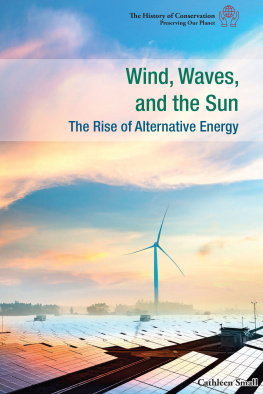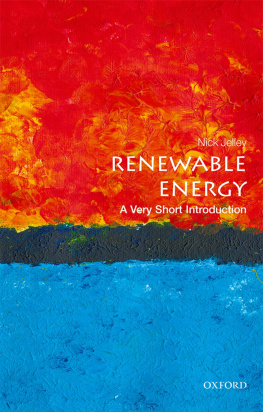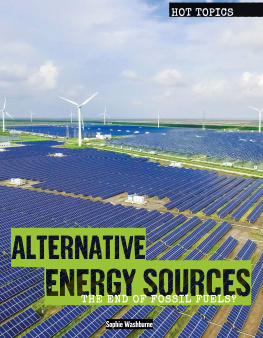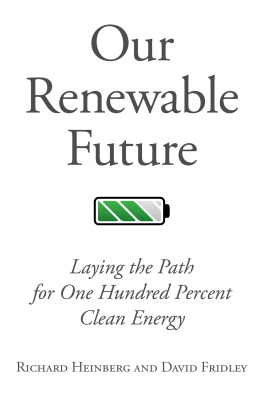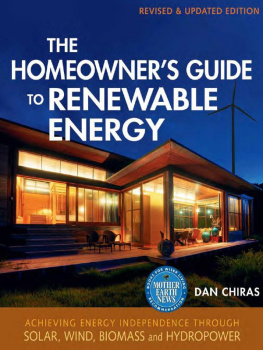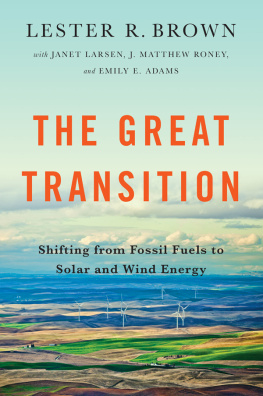Published in 2018 by Cavendish Square Publishing, LLC
243 5th Avenue, Suite 136, New York, NY 10016
Copyright 2018 by Cavendish Square Publishing, LLC First Edition
No part of this publication may be reproduced, stored in a retrieval system, or transmitted in any form or by any meanselectronic, mechanical, photocopying, recording, or otherwisewithout the prior permission of the copyright owner. Request for permission should be addressed to Permissions, Cavendish Square Publishing, 243 5th Avenue,
Suite 136, New York, NY 10016. Tel (877) 980-4450; fax (877) 980-4454.
Website: cavendishsq.com
This publication represents the opinions and views of the author based on his or her personal experience, knowledge, and research. The information in this book serves as a general guide only. The author and publisher have used their best efforts in preparing this book and disclaim liability rising directly or indirectly from the use and application of this book.
All websites were available and accurate when this book was sent to press.
Library of Congress Cataloging-in-Publication Data
Names: Small, Cathleen, author.
Title: Wind, waves, and the sun : the rise of alternative energy /
Cathleen Small. Description: New York : Cavendish Square Publishing, [2018] | Series: The history of conservation : preserving our planet | Includes bibliographical references and index. Identifiers: LCCN 2017029855 (print) | LCCN 2017032808 (ebook) | ISBN 9781502631336 (E-book) | ISBN 9781502631329 (library bound)
Subjects: LCSH: Renewable energy sources--Juvenile literature.
Classification: LCC TJ808.2 (ebook) | LCC TJ808.2 .S63 2018 (print) | DDC333.79/4--dc23
LC record available at https://lccn.loc.gov/2017029855
Editorial Director: David McNamara Editor: Kristen Susienka Copy Editor: Rebecca Rohan Associate Art Director and Designer: Amy Greenan Production Coordinator: Karol Szymczuk Photo Research: J8 Media
The photographs in this book are used by permission and through the courtesy of: Front cover, Yangphoto/E+/Getty Images; p. 4 Steve Proehl/Corbis/Getty Images; p. 6 Joseph Sohm/Visions of America/Digital Vision/Getty Images; pp. 8-9, 42 Panoramic Images/Getty Images; p. 10 Janek Skarzynski/AFP/Getty Images; p. 12 Moehri, own work/File: Mohrendorf Wasserrader Schmiedsrad.jpg/Wikimedia Commons; p. 15 Joseph Sohm/Shutterstock.com; p. 21 Bettmann/Getty Images; p. 28 DeymosHR/ Shutterstock.com; p. 31 Danita Delimont/Gallo Images/Getty Images; p. 35 Institute for Energy Research, EIA, MER, March 2016; p. 36 $250/Moment/Getty Images; p. 39 Ricardo Reitmeyer/Shutterstock.com; p. 58 Ron Eisenbeg/Michael Ochs Archives/ Getty Images; p. 62 Julia Waterlow/Corbis/Getty Images; p. 64 Erika J. Mitchell/Shutterstock.com; p. 78 Kevin Dietsch/Pool/ Bloomberg/Getty Images; p. 82 Ethan Miller/Getty Images; p. 85 Dake Kang/AP Photo; p. 88 Brian Gordon Green/National Geographic/Getty Images; p. 90 Sander Koning/AFP/Getty Images; p. 92 Tim Robbins/Mint Images/Getty Images.
Printed in the United States of America

Opposite: The Google headquarters in Mountain View, California, is topped by an extensive array of solar panels.
T o understand the alternative energy movement, its first important to understand what alternative energy isand what its not. Certain types of energy that are formed by natural processes, such as coal, petroleum, and natural gas, are what are known as fossil fuels. You might think that fossil fuels are a good thing because theyre formed by natural processes, but in reality, fossil fuels present major environmental concerns because they produce great amounts of carbon dioxide. This ultimately contributes to global warming. Also, while fossil fuels are formed by natural processes such as the decomposition of materials, it takes millions of years for these processes to unfold and for the fuels to form. This means that as energy sources, they are considered nonrenewable.
Different Energy Sources
In contrast, alternative energy is generally considered to be any energy source that does not use up natural resources or do environmental damage. Most forms of alternative energy are renewable, but not all. Uranium (nuclear power), for instance, is considered an alternative energy source to fossil fuels, and it is nonrenewable. However, while it is true that uranium does not produce greenhouse gases that contribute to climate change, it does still create undesirable nuclear waste, so many hesitate to classify it as a true source of alternative energy.

This geothermal plant in California converts steam from the earth into electricity.
When scientists and manufacturers work on alternative energy solutions designed to decrease humanitys reliance on fossil fuels and limit the pollutants that come from using those fuel sources, they are generally working on solutions involving solar, wind, geothermal, hydro, and biomass energy sources, These solutions involve vehicles that run on alternative fuels, as well as energy solutions that homeowners can implement at their houses and those that business owners can install at the buildings they own or lease,
Promoters of Alternative Energies
The Environmental Protection Agency (EPA), established in 1970 during President Richard Nixons administration, is the large federal agency involved with many of these efforts, but smaller agencies are key players as well, such as the US Department of Energys Office of Energy Efficiency and Renewable Energy, State governments also typically have offices dedicated to encouraging the use of renewable energy, such as the California Energy Commissions Renewable Energy Program and the New York State Department of Environmental Conservation.
Major companies such as Apple, Google, Microsoft, Target, and Walmart have also turned a focus onto getting as much power as possible from alternative energy sources, leading the way for smaller businesses to do the same, And of course, the American public has been a driving force in the movement as well, with more and more people looking to alternative energy sources and environmentally friendly products to use in their personal lives.
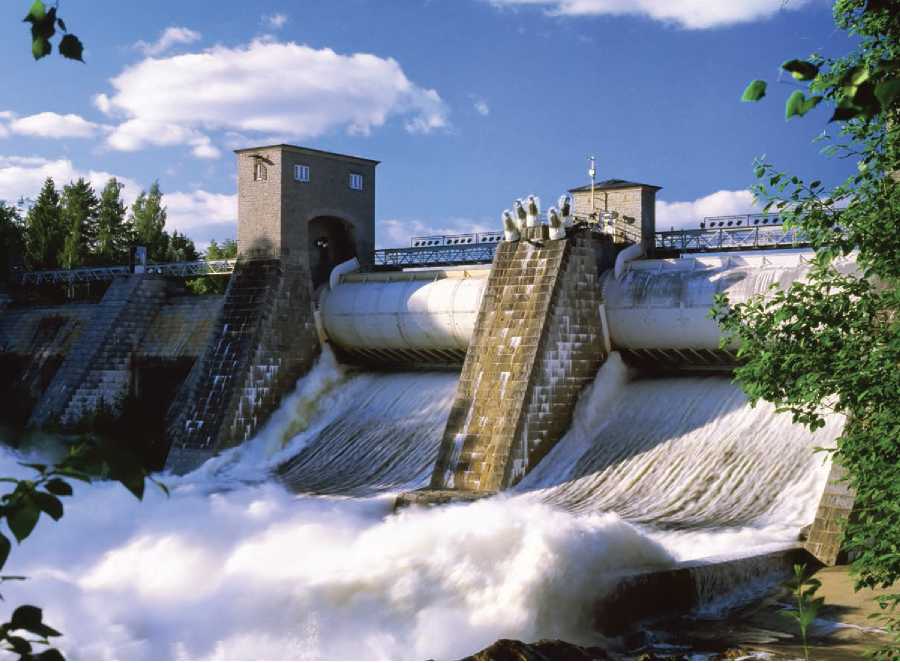
This hydroelectric dam is in Finland, proving that the United States isnt alone in its interest in using renewable energy sources.
Its an exciting time in the field of alternative energyand one that is not confined solely to the United States. In fact, the United States actually ranks behind twenty-five other countries in terms of being environmentally friendly, according to a recent study based on data from the 2016 Environmental Performance Index. Finland earned top honors in the list, with its goal of achieving a carbon-neutral societyalready, Finland gets nearly two-thirds of its electricity from alternative energy sources. It is closely followed by Iceland, Sweden, and Denmarktwo neighboring countries and one country known as a pioneer in its use of geothermal power. A number of other countries in the European Union follow, and the United States comes in twenty-sixth out of more than one hundred countries.

